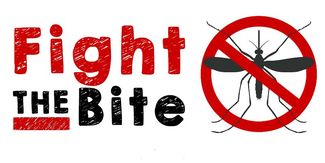West Nile Virus Season - "Prevent, Protect, Report"
Last updated 9/16/2016 at 8:54am
It hasn't rained in months and the region is still mired in a Drought, but that hasn't stopped the spread of illness or the mosquitoes that carry them. Environmental health officials warn that Drought can actually increase mosquito populations.
In the 2015 West Nile virus season, 43 of the 44 San Diegans who tested positive for the potentially fatal virus did so after mid-September. Just one tested positive before that, in August.
The County is releasing a new public service announcement video-jingle, "Mosquitoes, Mosquitoes, Protect Your Family," in English and Spanish that will be played in venues such as County television and before movies at the free Summer Movies at the Park series. And it's reacquainting the public with videos like "Is Your Back Yard a Mosquito Breeding Ground?"as they raise the volume on their "Prevent, Protect, Report" message this week, as the region plunges into peak West Nile virus season.
Five San Diegans have tested positive for West Nile virus - four in the last two weeks.
So, County environmental health officials are renewing their call to the public to protect themselves - to "Prevent" mosquitoes from breeding; to "Protect" themselves from being bitten; and to "Report" breeding areas and invasive Aedes mosquitoes, which like to bite in daylight hours and can transmit Zika and other tropical diseases, if they find them.
Droughts can create stagnant water where mosquitoes can breed by lowering water levels in streams and creeks, and slowing runoff in storm drains. It can also prompt us to save water in cisterns and rain barrels that can unwittingly become mosquito hothouses if they're not properly covered. And Drought can make us water our yards more and create more potential breeding grounds by collecting water in anything sitting in our yards that can hold it.
Officials state that the eggs of what could become disease-carrying mosquitoes may be hatching into wriggling larvae inside and outside our homes right now. They could be in a saucer under a flower pot, in the dog dish, that rain barrel collecting condensation, in kids' toys in the backyard, or even in a tossed-away bottle cap.






